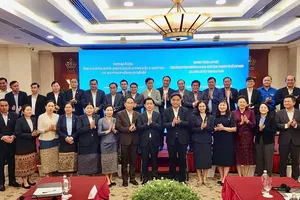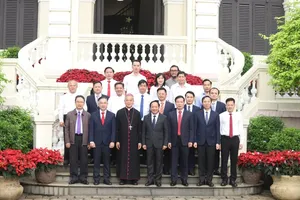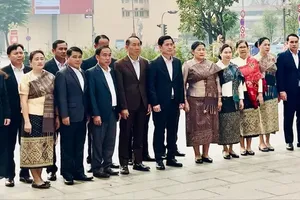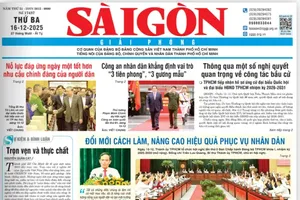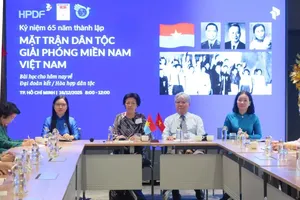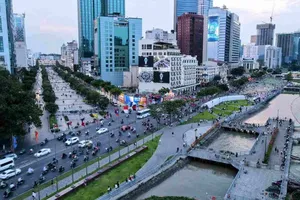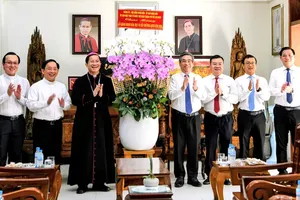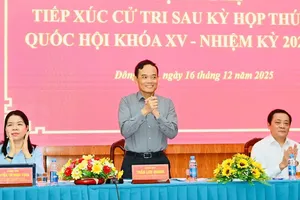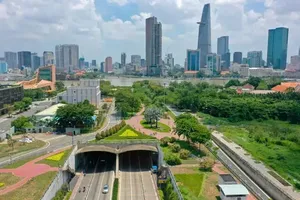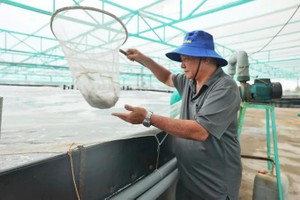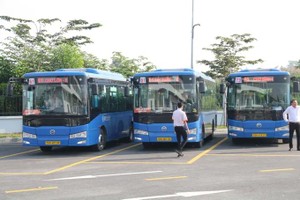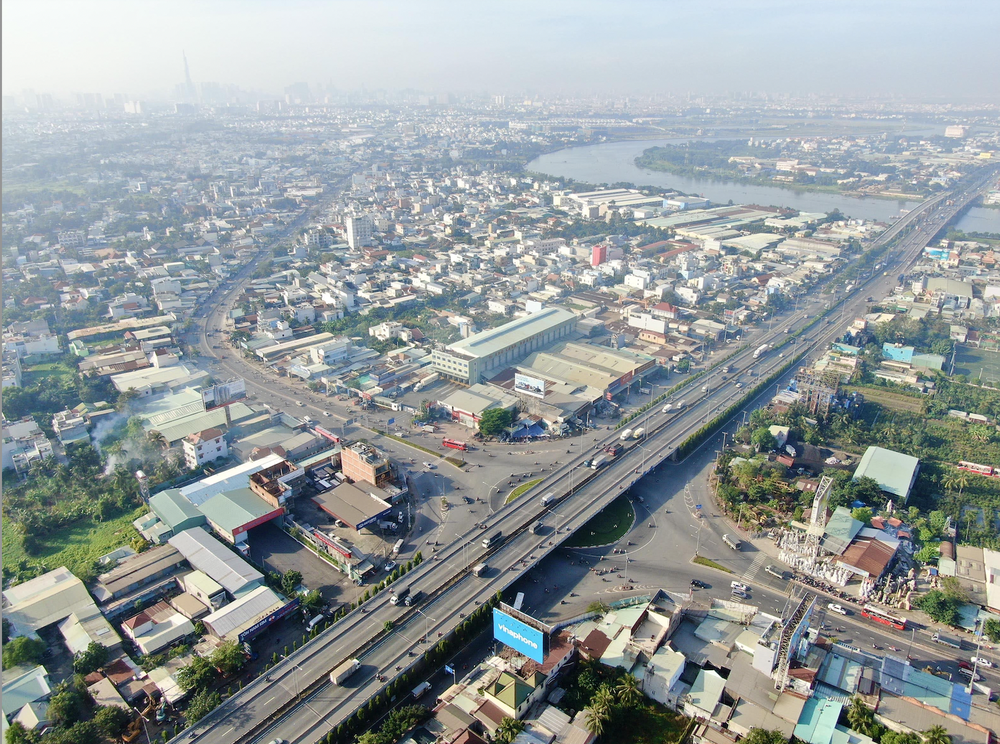
Permanent Deputy Prime Minister Nguyen Hoa Binh has signed Decision No.759 approving a sweeping plan to restructure administrative units at all levels and implement a two-tier local government model. Under this proposal, Ho Chi Minh City will be merged with Ba Ria – Vung Tau and Binh Duong provinces—a move widely seen as a strategic step to give the city greater room to grow.
A new horizon of opportunities
Once merged, the new HCMC will span 6,772.6 square kilometers and house a population exceeding 13.6 million, making it by far the largest economic powerhouse among all provincial entities in the country.
From a broader perspective, the consolidation of the three localities will unlock a vast socio-economic corridor that brings together diverse strengths and untapped potential. This newly integrated region is poised to drive HCMC’s transformation into a dynamic growth engine, capable of contributing even more significantly to the nation’s development in the coming decades. The merger offers a wealth of advantages and game-changing opportunities.
First and foremost, it will resolve longstanding development constraints. With expanded geographic space, the city will be better equipped to design and implement more efficient socio-economic strategies, tackle urban bottlenecks, and reverse the decline in competitiveness and investor appeal caused by limited land and inadequate infrastructure.
This new configuration paves the way for comprehensive master planning—enabling the development of specialized urban zones, better attraction of next-generation FDI, and more efficient spatial organization of industries and services.
Post-merger, the existing inner-city core should be reimagined and developed into a high-value services hub offering international-standard amenities, fostering knowledge-based industries, and supporting innovation—drawing on the advantages of high-connectivity urban zones such as Thu Duc City and nearby Binh Duong areas.
Much of present-day Binh Duong, when integrated with adjacent parts of HCMC, will form an expanded industrial corridor. At the same time, the city will gain flexibility in relocating or repurposing outdated industrial and export processing zones in the central area, freeing up prime land for high-end, globally oriented service development.
In essence, the merger allows HCMC to harness the combined strengths of the three jurisdictions, delivering the synergy needed to solve big-picture challenges in Vietnam’s economic acceleration strategy for the coming decades.
The second major benefit lies in the enhanced potential for marine economy and tourism development. The Politburo’s merger roadmap clearly reflects a strategic pivot to maximize Vietnam’s maritime strengths.
With expanded coastal access, the newly configured HCMC will be well-positioned to organize marine-based economic and tourism initiatives more effectively—allowing localities to tap into their full coastal potential for sustainable growth.
Once merged, the coastal districts of Nha Be, Can Gio, and Vung Tau will form a contiguous maritime zone that opens up new development space and economic opportunities. Over the next decade, infrastructure projects such as expressways, ring roads, metro lines, inland waterways, maritime routes, and a sea bridge linking Can Gio and Vung Tau will lay the foundation for an era of unprecedented growth.
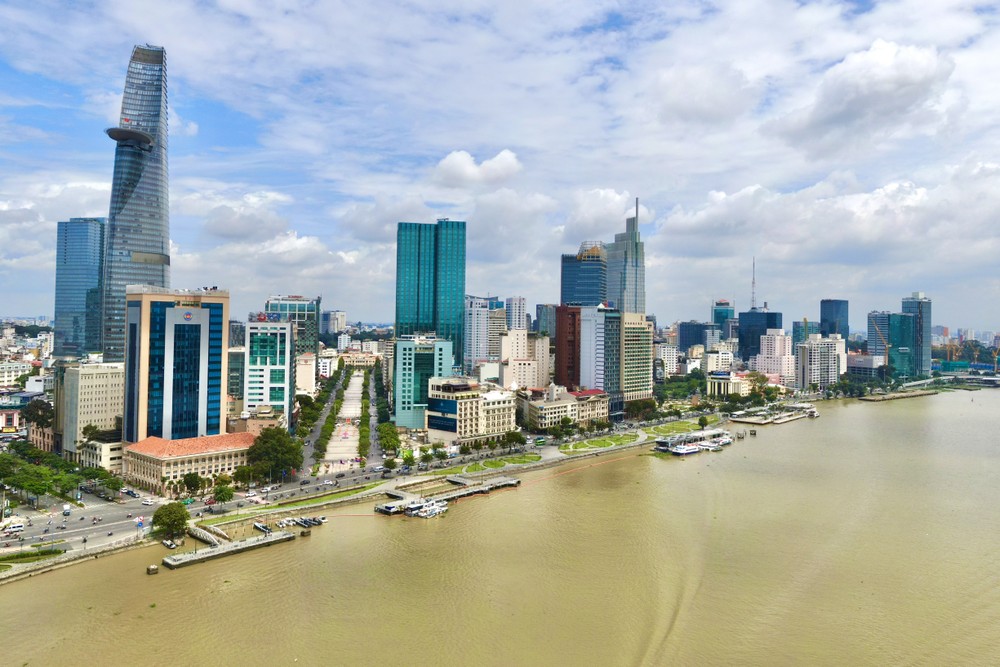
Thirdly, the city will gain more autonomy and resources to plan for ecological buffer zones, land reserves, and green infrastructure—ensuring long-term sustainability in all future development scenarios.
Armed with expanded capabilities and a broader resource base, HCMC will be better positioned to integrate regionally and globally, attract and mobilize investment, and reassert itself as the country’s leading economic driver—accelerating growth and contributing close to one-third of Vietnam’s GDP.
Adapting swiftly to a new governance model
Following the administrative merger, HCMC must act swiftly and comprehensively to accelerate development under its expanded framework. A foremost priority is restructuring and strengthening the leadership and governance capacity of the municipal Party Committee and local government to meet the demands of managing a vast, complex megacity. Simultaneously, it is essential to reform and professionalize the city’s cadre of officials, civil servants, and public employees, ensuring they are equipped in both mindset and skill to meet the new scale of responsibility.
In terms of spatial and economic development, the city must adopt an integrated approach—designing growth scenarios that aim for double-digit economic expansion while safeguarding urban sustainability. These development strategies must strike a balance: maximizing the city’s existing advantages and potential while ensuring equitable growth across all districts and regions. Raising the city’s competitiveness and global appeal will be pivotal in this transition.
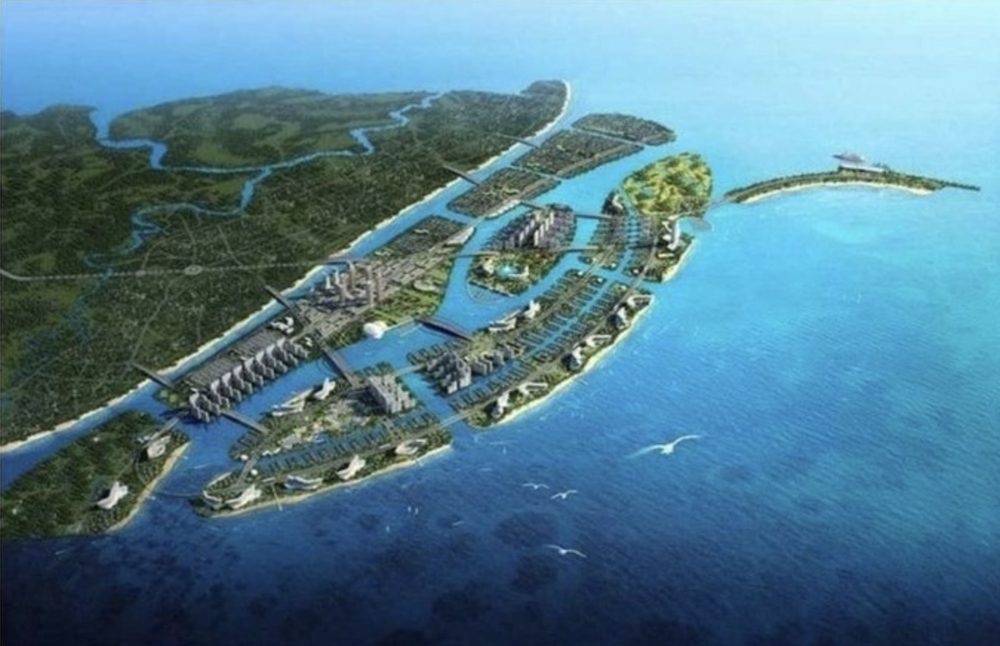
An immediate and decisive measure is to foster social consensus and partnership with the business community. Governance and development must be people-centric, where citizens are not merely beneficiaries but central stakeholders in urban life—and businesses are not only contributors but essential collaborators in economic progress.
Crucially, HCMC must reinvent itself as a dynamic innovation hub—a vibrant space where individuals and organizations are empowered to push boundaries across every sector. To do this, the city should institutionalize open platforms and forums to attract creative ideas from across society, both domestically and globally. Local authorities must not only lead by example but also cultivate and celebrate innovation, embedding it as a core value. In this spirit, creative energy must be recognized as a key engine of long-term, transformative growth.
In parallel, structural bottlenecks must be removed to boost labor productivity and Total Factor Productivity (TFP). The city must actively develop knowledge-based industries, foster artificial intelligence and advanced technology sectors, and accelerate the transformation of traditional industrial and export-processing zones into high-value, innovation-driven ecosystems.
In today’s rapidly evolving context, no locality—HCMC included—can achieve breakthrough development without the effective implementation of the Politburo’s Resolution No.57-NQ/TW on advancing science, technology, innovation, and national digital transformation. At the same time, the city must prioritize building a resilient human capital strategy to remain proactive in all future development scenarios, while also preparing for the demographic challenge of population aging—an increasingly urgent issue in the city’s long-term development trajectory.
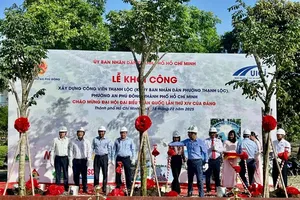
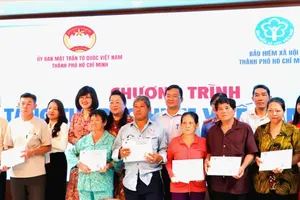
)
